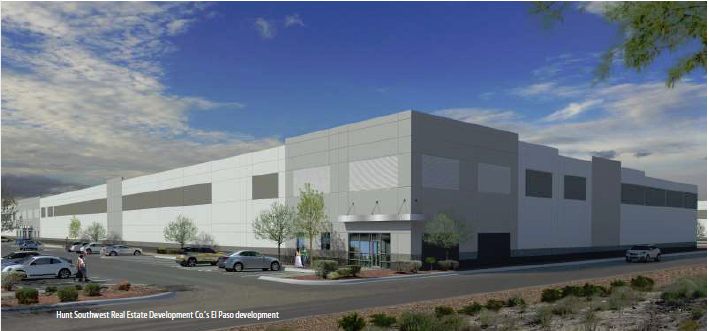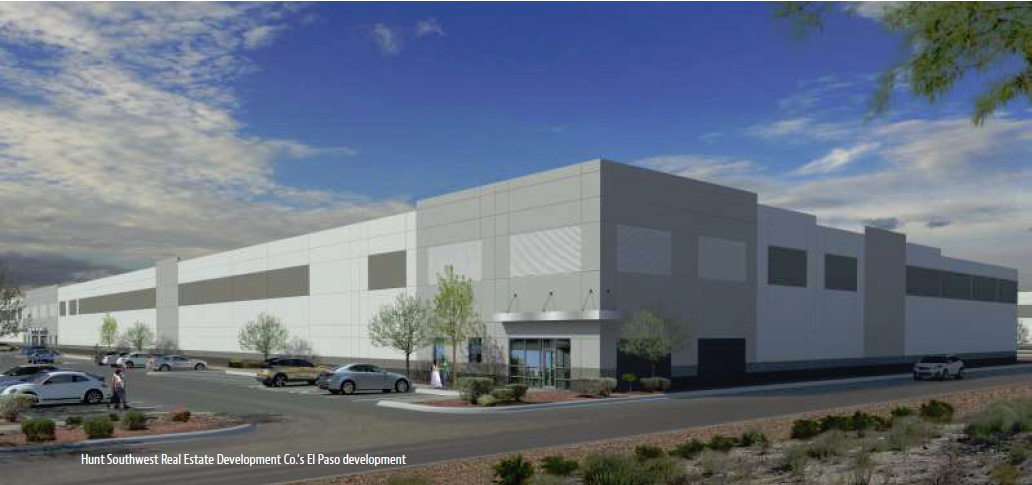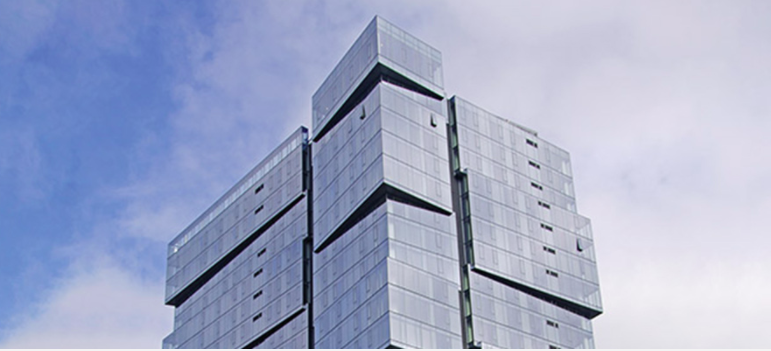Economic Forecast
Moderator: Carlton Schwab, Texas Economic Development Council. Panelists: Regina Lindsey, Economic Alliance Houston Port Region; Jess Thompson, Federal Reserve Bank of Dallas; Bethany Miller, Greater Houston Partnership; Lance Lacour, Katy Area Development Council; Tim Jeffcoat, Small Business Administration
• There is a high degree of uncertainty now in forecasting the future
• The United States GDP dropped 32 percent in last quarter, the sharpest drop in the history of the country; the next quarter should be better with a slow rebound starting
• Forecasts are for six quarters to recover to where we were before COVID
• Houston has an international economy which is tied to the whole world
• The Purchasing Managers Index, a good tool, shows that the lines have stopped declining and are starting a slow upward trend
• Restaurants, bars and hospitality have showed a sharp upward bounce with re-openings although now, at end of July, we seem to be seeing a leveling off in many CRE sectors
• We have recovered one-third of jobs which were initially lost
• In Houston, the local payroll should only be down about 4.8 percent for the year 2020 compared to 2019
Click to read more at www.rednews.com.








